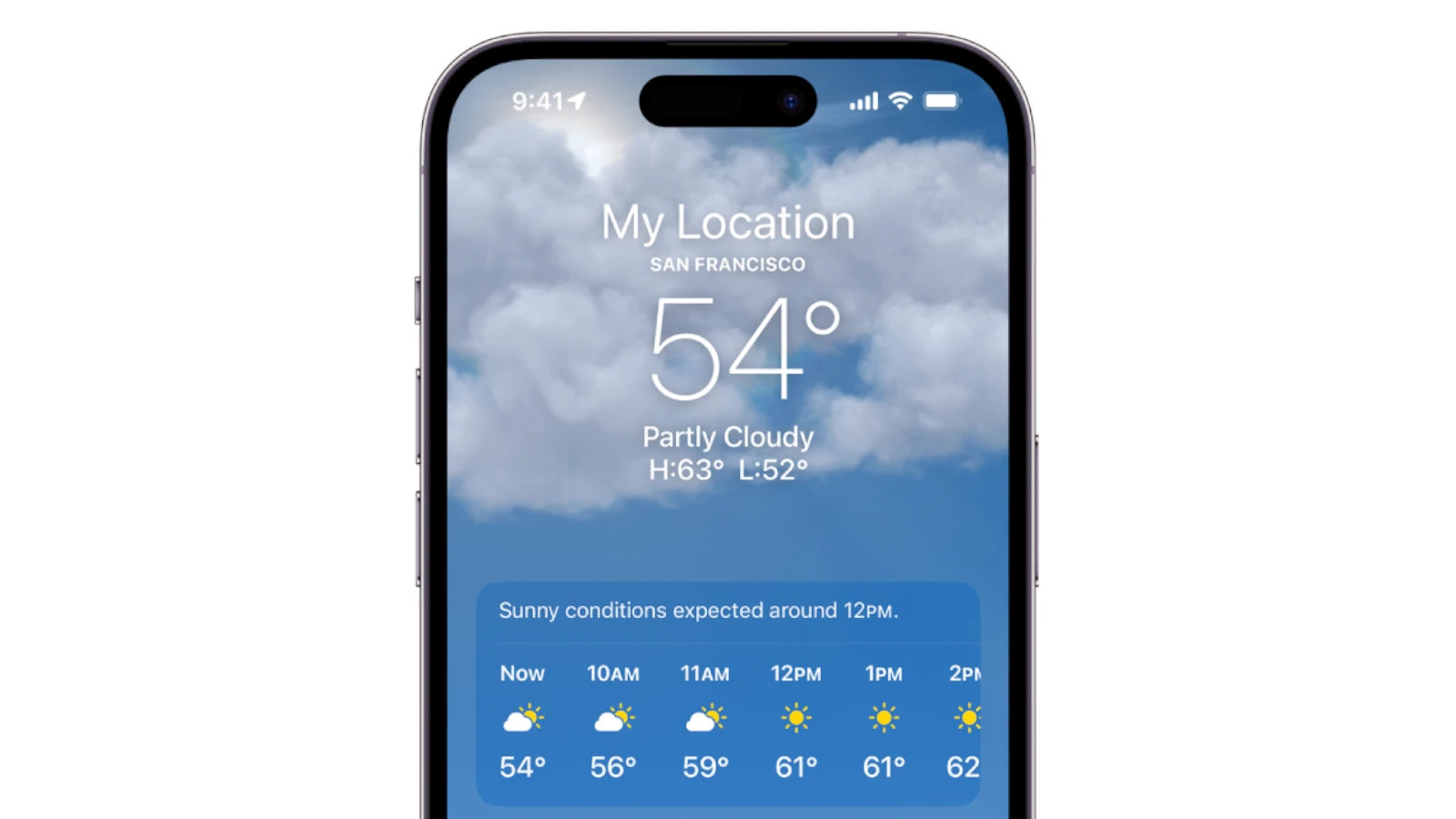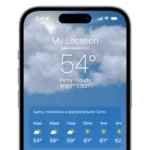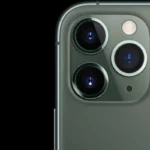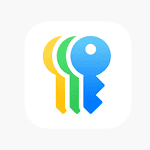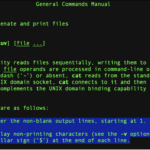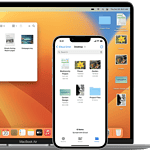Weather apps are getting smarter and more user-friendly in 2025. Recent updates to popular weather applications bring enhanced personalization features and improved interfaces that make checking the forecast more informative than ever before.
The Weather Channel’s latest app update introduces AI-powered personalization, augmented reality weather overlays, and customizable interfaces that show users exactly what they want to see. These improvements allow users to get tailored weather insights specific to their location and activities.
Apple’s Weather app has also expanded its capabilities with 13 new features, including detailed “feels-like” temperature readings, enhanced measurement units, and comprehensive pollutant statistics. Users can now access more detailed weather data directly from their Lock Screen widgets and receive precise severe weather alerts.
🌦️ 1. AI-Powered Forecasting
Modern weather apps now use artificial intelligence (AI) and machine learning to improve accuracy and personalization.
- AccuWeather’s 2025 update uses AI to refine hyperlocal forecasts and provide personalized weather insights based on your location, habits, and travel patterns.
- The Weather Channel and Clime integrate AI pattern recognition to detect storm development earlier and issue more precise alerts.
🧠 AI systems now analyze billions of data points from satellites, radar, and sensors to predict microclimates — like rainfall on your street, not just your city.
📍 2. Hyperlocal and Minute-by-Minute Forecasts
Gone are the days of vague “chance of rain.”
- MinuteCast (AccuWeather) and NowCast (Weather Underground) offer minute-by-minute precipitation forecasts for the next 2 hours.
- Apps like Clime: NOAA Radar show street-level radar with live cloud movement and lightning tracking.
Example: You can now know exactly when rain will start and stop — useful for outdoor events, commutes, or workouts.
🌪️ 3. Enhanced Severe Weather Alerts
New alert systems provide real-time, location-based warnings for:
- Tornadoes, flash floods, and hurricanes
- Wildfires and air quality alerts
- Extreme heat or cold advisories
AccuWeather’s “Superior Accuracy™” system now includes impact-based alerts — telling you not just what’s happening, but how it affects you (e.g., “Seek shelter immediately” or “Avoid driving for the next 30 minutes”).
🔔 Many apps now integrate with smart home devices (like Alexa or Google Home) to announce alerts automatically.
🔥 4. Climate and Environmental Tracking
2025 weather apps go beyond temperature — they now track:
- Air quality (AQI) and pollen counts
- UV index and sun exposure risk
- Wildfire smoke maps and heat dome tracking
- Ocean and surf conditions for coastal users
Apps like Clime and Windy visualize this data with interactive maps that combine satellite imagery, radar, and environmental overlays.
📊 5. Personalized Weather Insights
Instead of generic forecasts, apps now offer contextual insights:
- “It’s a good day for running — low humidity and 68°F.”
- “Expect high pollen levels — take allergy medication early.”
- “Your commute may be delayed due to fog at 8 AM.”
AccuWeather and The Weather Channel both use AI-driven lifestyle forecasts to tailor suggestions for outdoor activities, travel, and health.
🛰️ 6. Interactive 3D Radar and Augmented Reality (AR)
- AR radar views let you hold up your phone and see approaching storms overlaid on your actual surroundings.
- 3D radar maps visualize cloud layers, wind direction, and precipitation intensity in real time.
- Some apps now integrate real-time satellite imagery from NOAA and NASA for a global view of weather systems.
🌍 This feature is especially popular among storm chasers, pilots, and outdoor professionals.
🧭 7. Travel and Commute Forecast Integration
Newer apps integrate with navigation and calendar tools:
- AccuWeather and Google Weather can sync with your calendar or maps, giving you weather predictions for your route or scheduled events.
- Road Weather Index features show expected hazards (like black ice or fog) along your drive.
📱 8. Customizable Widgets and Smartwatch Support
- Dynamic home screen widgets now show live radar, temperature trends, and alerts.
- Wearable integrations (Apple Watch, Galaxy Watch, Fitbit) provide quick-glance forecasts and storm notifications.
- Some apps even offer lock screen animations that match current weather conditions.
🌡️ 9. Energy and Sustainability Features
In 2025, several apps began including energy-saving and sustainability insights:
- Track solar potential for your home or solar panels.
- Get energy usage forecasts based on temperature trends.
- Receive eco-friendly activity suggestions (e.g., “Best time to air dry laundry”).
Key Takeaways
- Weather apps now offer personalized forecasts with AI-driven recommendations
- New augmented reality features help visualize weather conditions in real-time
- Enhanced interfaces provide faster access to critical weather information
Enhancing User Experience with New Features
Modern weather apps combine advanced technologies with personalized features to deliver precise forecasts and vital environmental information. Smart integrations and interactive elements help users make informed decisions about their daily activities and health.
Personalized Experience
Weather apps now adapt to individual user patterns and preferences. The apps track daily routines and common locations to provide relevant weather insights at the right time.
Custom dashboards let users arrange weather data based on their priorities. Gardeners can focus on soil conditions and frost warnings, while outdoor athletes receive UV indices and wind speeds.
Location-based settings automatically switch between home, work, and frequently visited places. The apps remember preferred measurement units and forecast formats.
Health and Safety Updates
Weather apps integrate health monitoring features to protect users’ well-being. Air quality forecasts and pollen counts help people with respiratory conditions plan their activities.
A breathing index combines humidity, temperature, and pollution data to warn sensitive groups about unfavorable conditions. UV exposure warnings protect skin health.
Pet health features track weather conditions that might affect animals, including extreme temperatures and air quality alerts.
Advanced Forecasting Technologies
AI-powered algorithms analyze historical weather patterns and real-time data to generate accurate predictions. Advanced radar systems track precipitation patterns with greater precision.
Professional meteorologists validate computer-generated forecasts to ensure reliability. High-resolution satellite imagery shows cloud formations and storm systems in detail.
Machine learning models improve forecast accuracy by learning from local weather patterns and microclimates.
Interactive Elements and Accessibility
3D weather maps provide immersive views of weather systems. Users can rotate and zoom to explore storm patterns, wind directions, and temperature variations.
Augmented reality features overlay weather data onto real-world camera views. This helps users visualize approaching storms and understand wind patterns.
Voice commands enable hands-free access to weather information. Clear visual designs make information accessible to users with different abilities.
Custom Alerts and Notifications
Smart notification systems warn users about severe weather conditions. The apps send personalized alerts based on user-defined thresholds for temperature, precipitation, and wind speed.
Time-sensitive alerts for lightning strikes and flash floods help users stay safe. Stargazing enthusiasts receive notifications about optimal viewing conditions and celestial events.
Custom push notifications inform users about ideal conditions for planned activities like hiking or beach visits.
Integration with Apple Ecosystem
Weather apps sync seamlessly across iOS 18, iPadOS 18, and macOS Sequoia devices. The iPad version offers expanded views with detailed weather maps and forecast data.
Apple Intelligence enhances predictions by analyzing local sensors and user patterns. Home screen widgets display real-time weather updates and alerts.
Integration with Apple Health tracks environmental factors affecting outdoor workouts and activities.
Frequently Asked Questions
Modern weather applications have evolved with enhanced radar capabilities, customizable interfaces, and real-time severe weather tracking features across both iOS and Android platforms.
What are the latest updates to the iPhone’s weather app interface?
Apple’s Weather app now includes feels-like temperature details, expanded measurement units, and pollutant statistics. The interface displays yesterday’s weather data and weather averages.
Users can access wind maps and Lock Screen widgets for quick information access. The app shows detailed 10-day forecasts with temperature highs and lows.
How can I access new features on the latest Android weather application?
The Weather Channel’s Android app offers a redesigned interface with personalized weather stories and insights. Users can access radar information through an updated panel system.
The app provides customizable settings for different weather parameters and location-specific data points.
What improvements have been made in the accuracy of weather predictions in new app versions?
Weather apps now integrate data from multiple sources to improve forecast accuracy. Advanced radar systems track precipitation patterns with greater precision.
Machine learning algorithms analyze historical weather data to enhance prediction reliability.
Which new weather apps are currently considered the best in terms of user experience?
The Weather Channel app stands out with its customizable interface and detailed radar views. Apple Weather has become more comprehensive since integrating DarkSky technology.
These apps excel in providing clear, accessible weather information with minimal interface complexity.
How do the new enhancements in weather apps assist in severe weather alerts and tracking?
Modern weather apps send instant notifications for severe weather conditions. Real-time radar tracking shows storm movements and intensity levels.
Push alerts provide critical safety information and recommended actions during extreme weather events.
What are the unique features introduced in the most recently updated weather apps?
New apps include hourly precipitation forecasts and UV index predictions. Users can view air quality measurements and wind direction maps.
Temperature trend analysis helps users plan activities with greater confidence.

